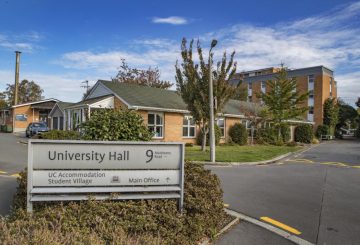보고서에 따르면 뉴질랜드 농장은 ‘혈중 인산염’을 수입하는 대신 현지 광산에서 일반 비료를 공급받아 온실가스 배출을 줄일 수 있다고 합니다.이 보고서는 광산 회사인 L&M Group과 컨설팅 회사인 Agribusiness Group이 작성했으며, 공공 자금을 지원하는 Our Land and Water 내셔널 사이언스 챌린지 (Our Land and Water National Science Challenge) 가 자금을 지원했습니다.
뉴질랜드에서 사용되는 비료의 약 절반을 차지하는 인산염은 식물 성장을 촉진하지만 과다 사용하면 수로를 오염시킬 수 있습니다.별도의 국제 연구에 따르면 전 세계 농민 중 상당수가 인산염을 남용하여 불필요한 오염을 초래하는 반면 식량 생산을 극대화할 만큼 충분한 농민을 확보하지 못하는 농민도 있습니다.
국제 연구의 저자들은 재생 가능하지 않은 인산염을 500년 이상 지속하려면 좀 더 아껴서 사용해야 한다고 경고했습니다.2021년 기준으로 뉴질랜드는 세계에서 9번째로 큰 인산염 수입국으로 공급량의 51% 가 모로코에서 공급되고 토고와 중국이 그 뒤를 잇고 있습니다.
보고서에 따르면 인산염을 현지에서 채굴할 경우 수입이 환경에 미치는 영향의 약 절반이 될 수 있습니다.또한 1970년대 모로코에 합병된 분쟁 지역인 서사하라 지역의 ‘혈중 인산염’ 사용과 관련된 정치적, 사회적 문제를 해결할 수 있다는 점에서 윤리적 이점도 언급했습니다.
그러나 보고서는 석회암 채석과 마찬가지로 노천 채굴도 환경에 영향을 미칠 수 있다는 점을 인정했습니다.또한 뉴질랜드가 호수, 강, 대수층을 오염시킬 가능성이 적은 저방출 형태의 비료를 생산할 수 있다는 의견도 제시했습니다.현재 뉴질랜드의 하천 길이 중 64% 는 환경적 위험을 초래할 수 있는 수준의 인 농도를 가지고 있습니다.
L&M 그룹은 클라렌든, 오타고, 노스 캔터베리, 카이코우라에서 잠재적 인산염 매장량을 확인했습니다.





























































